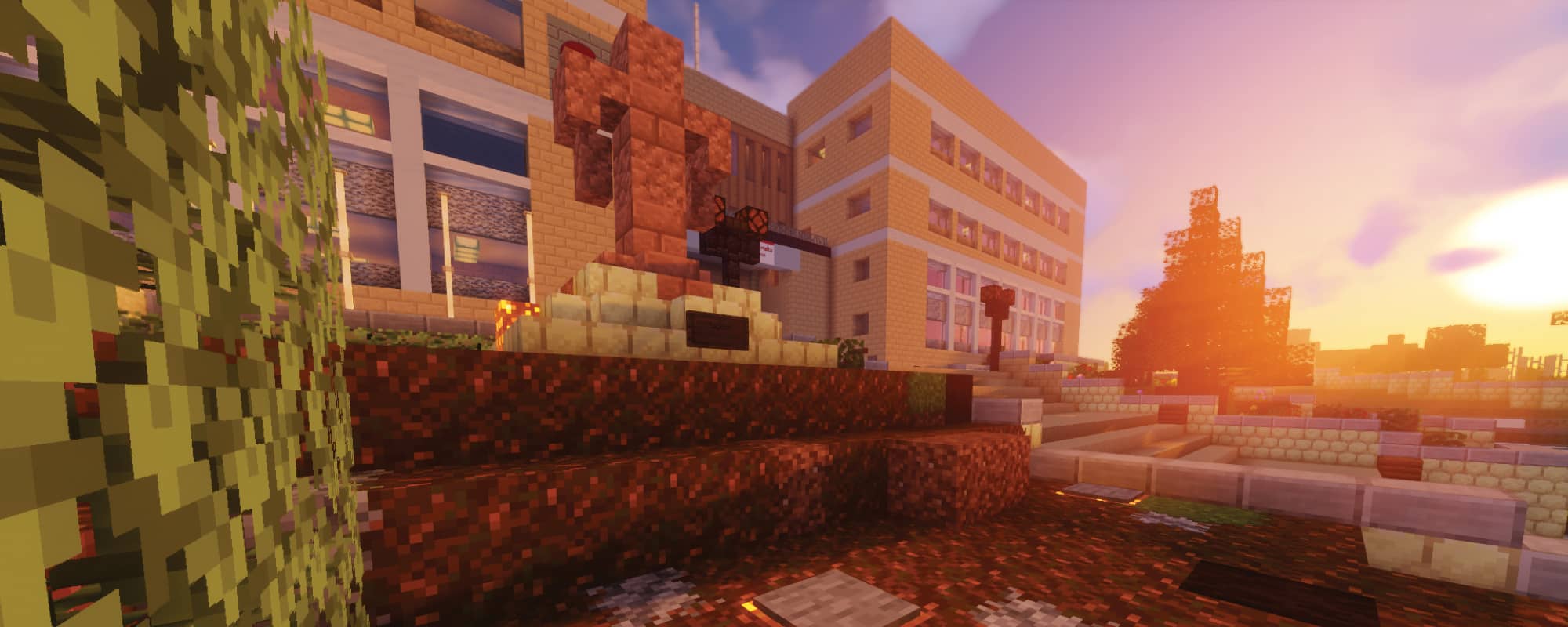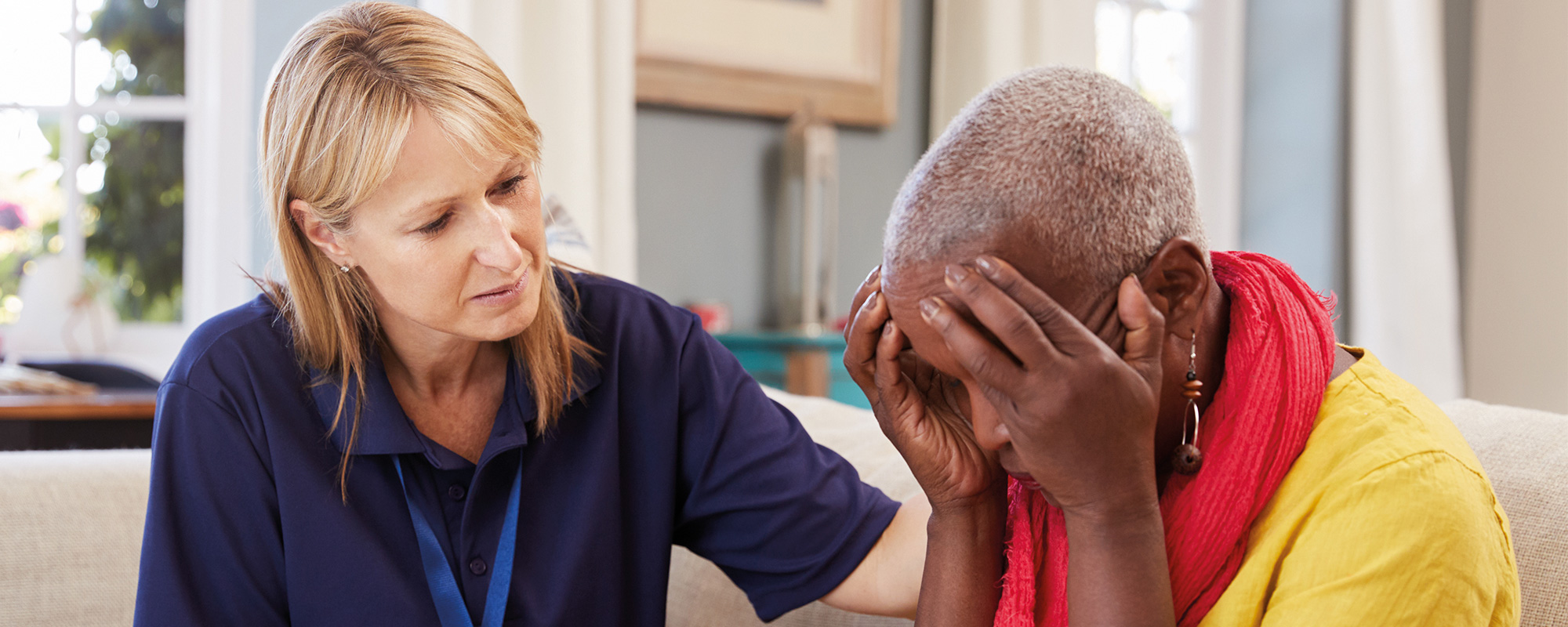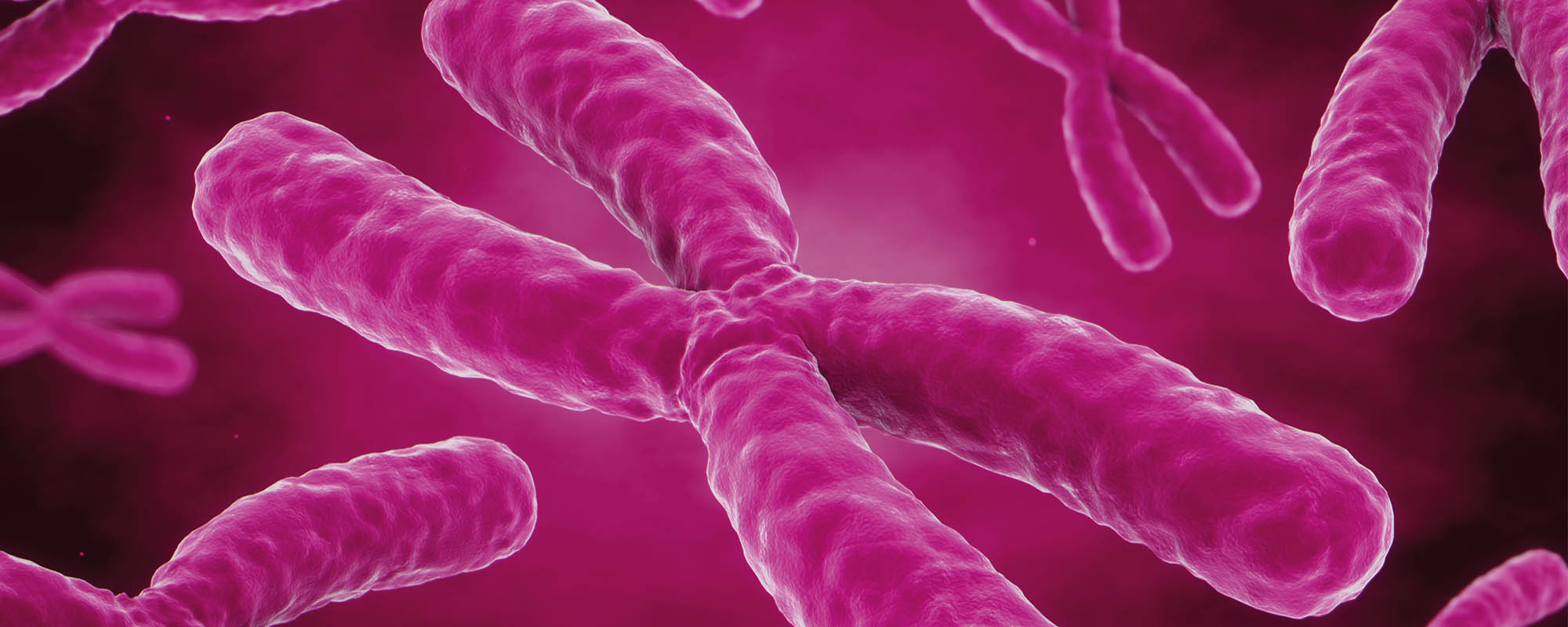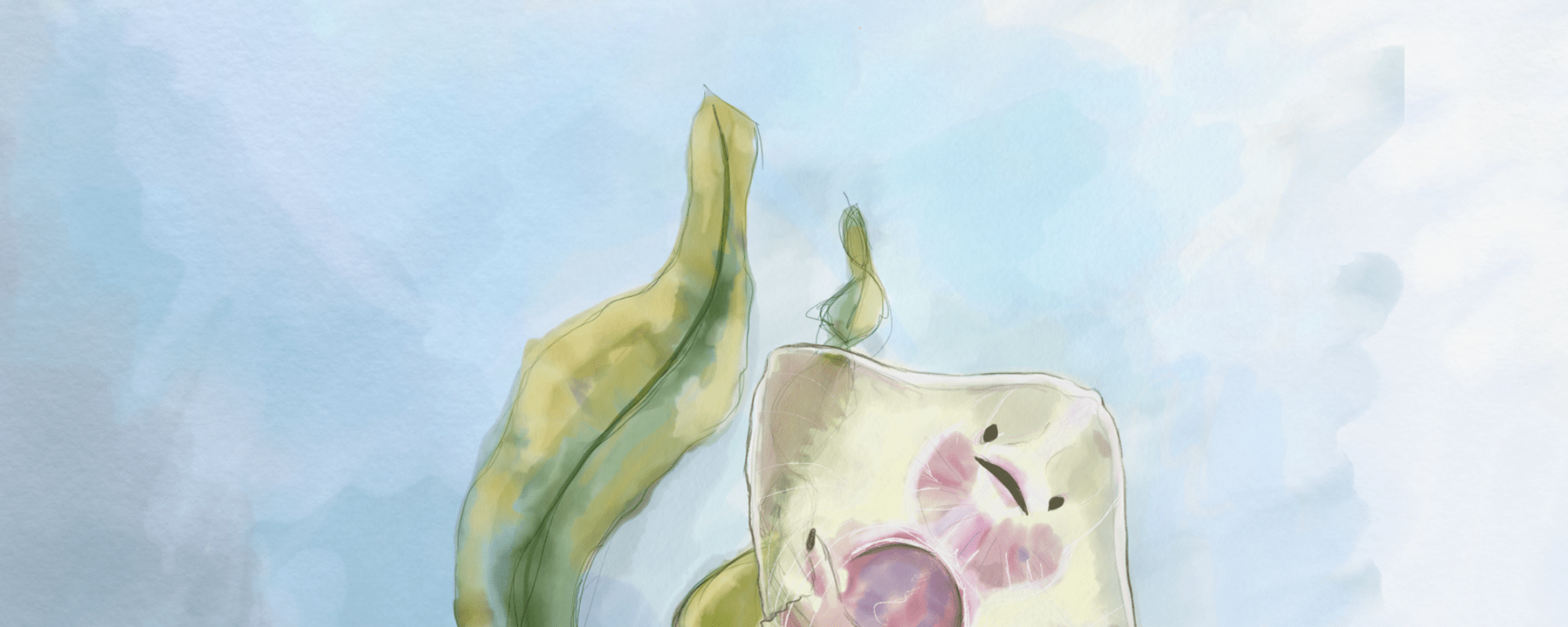Natalie Formosa shares her findings on private artists’ archives in Malta and the nation’s role in preserving such collections.
Continue readingMalta in Minecraft: Junior College Block by Block
In 2020, many students were unable to go to school due to the COVID-19 pandemic. However, what would happen if you could build your school at home? A group of proactive students at Junior College set themselves the ambitious task to recreate their massive campus block by block in Minecraft.
Continue readingWhen trust is lost in translation
Author: Marcelle Bugre
Social workers are in close contact with people; it’s the nature of their job. But when migrant survivors of domestic violence seek help, they often perceive social workers to be representatives of a more powerful group. Thus, survivors may be wary of trusting social workers, or fear losing their children, being reported to immigration authorities, or blamed for what happened. To engage with a growing number of migrants and minorities today, social workers need cross-cultural competence – the ability to work effectively across cultures.
Continue readingStepping up in strange times
Author: Edward De Gabriele
During my final year of studies, I was meant to focus on exams and clinical placements. COVID-19 has upended everything. I felt that volunteering will be my way to keep busy and continue contributing to the general public.
Continue readingThe pandemic did not ‘undo’ our exhibition
As 35 University of Malta students prepared to showcase their dissertation projects in an exhibition at Junior College, restrictions to stop the spread of COVID-19 turned their plans upside down overnight. Yet the exhibition, titled Ctrl Z, is still taking place, having moved to where people are – online.
Continue readingCracking the Code of Hereditary Diseases
Author: Mark Briffa
Lack of clarity amplifies the challenge to come to terms with a disease or disorder. During my research into genetic diseases, I met a Maltese family seeking to understand their condition. Several family members had been diagnosed with hereditary ataxia, a disease that results in some loss of control of normal bodily movements. They had no information about the variation in their DNA that caused the disease.
Continue readingHealthcare app to reduce harm from drug combinations
Author: Lizzy Farrugia
Improvements in healthcare, including better drugs, mean that we live 25 years longer than we did sixty years ago. Ironically, incorrect drug combinations lead to more than 300,000 deaths annually in the EU and the US. Can technology mitigate this peril?
Continue readingI, in the Sky
Author: Andrea Francesca Bellia
This summer, I was fortunate to experience the rigorous process of academic research and publishing. Under the supervision of Dr Sandro Lanfranco, I examined the efficiency of using a drone to obtain large-scale vegetation maps, which resulted in a paper in the journal Xjenza Online. The study shows how influential technology has become, even in traditionally ‘low-tech’ fields like ecology.
Continue readingSaving the skates
Author: Gail Sant
They’re called ‘skates’. Yes, like the shoes. Like sting rays, but less popular.
If I had a penny for every time I uttered those words throughout my dissertation years, I’d be a rich woman. You’d think that skates, a regular at the daily fish market, would be part of people’s general fish-knowledge. But it came to me as no surprise, considering how culinarily, environmentally, and economically unappreciated they are.
Continue readingMathematical equation of breast tissue
Author: Daphne Anne Pollacco
Breast cancer is the most commonly occurring cancer in women and the second most common cancer overall. Malta ranked at number 17 among the 25 countries with the highest rates of breast cancer in 2018, according to World Cancer Research Fund International.
Cancer patients often need X-ray imaging for diagnosis and to track recovery. But X-ray radiation is a double-edged sword. It can help to spot the cancer, but it can also contribute to the problem.
Radiation can change the molecular and atomic structure of tissue, potentially leading to other cancers developing. But do any other technologies exist that could achieve the same result without harming patients?
Continue reading









